The City of Rotterdam Empowers Development at Scale
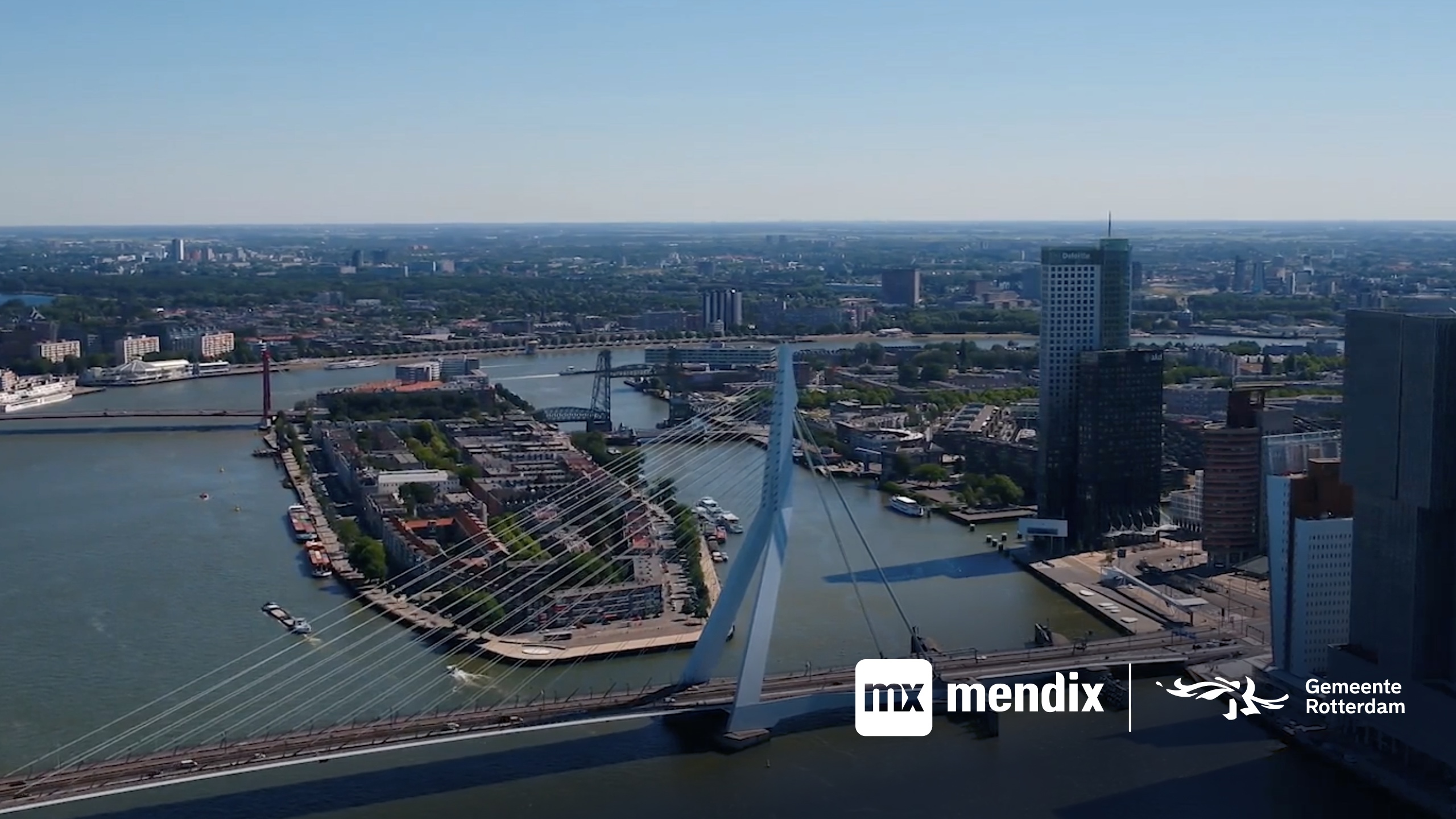
Delivering a hundred applications in any business environment is no small feat. Delivering over 100 applications in the public sector in less than 4 years to improve the lives of over half a million people sounds even more aspirational.
However, this is exactly what Gemeente Rotterdam (the City of Rotterdam), has been able to achieve since adopting low-code in 2018. Rotterdam, home to beautiful architectural spectacles like the Erasmus Bridge and a bustling population of 660,000 citizens, was facing similar delivery challenges as other municipalities in the last decade:
- Evolving expectations of the public, demanding more and better digital experiences when interacting with the city’s departments such as public affairs, traffic or zoning
- Stringent data privacy concerns, which made it challenging for the City to rely on external partners to expedite solution development
- A gap between business stakeholders and IT, who already lived in siloed teams with no common language around solution development, meaning that development timelines were lengthy and resulted in a hefty backlog and mounting Shadow IT solutions
Beating the Backlog
Serving the City of Rotterdam from a technological perspective requires handling an innate amount of complexity at scale.
CIO, Mark Vermeer, said, “An organization like the City of Rotterdam is comprised of maybe 30 product lines – we have traffic lights, an engineering department, parking tickets, and public health. We have around 800 IT systems in place to support all of that, and we have a portfolio of easily about 100 projects in IT alone at any given moment in time.”
The City’s motto “Make it happen” appeared to be in stark contrast to the way digital solutions were being delivered for employees, partners, and the public at the time.
Rapid Application Development (RAD) Mendix Advisor for the City, Erik van der Steen, has been at the helm of Rotterdam’s low-code initiative since its start in 2018.
“We had a software development department with Java and .NET developers, but they were very reluctant to start new things. Whenever a department asked ‘can you make this for us,’ it was always, ‘yes, in a year’s time we’ll have room for you, and it will cost you €300,000.’ They discouraged taking on new applications,” he said.
“What we saw was that various departments would go to an outside agency. That was becoming the trend, and from our point of view in the Information Management department, that was very undesirable because there were major considerations around who owns the data and security measures. The business didn’t care – they just wanted an application that did what they wanted it to do.”
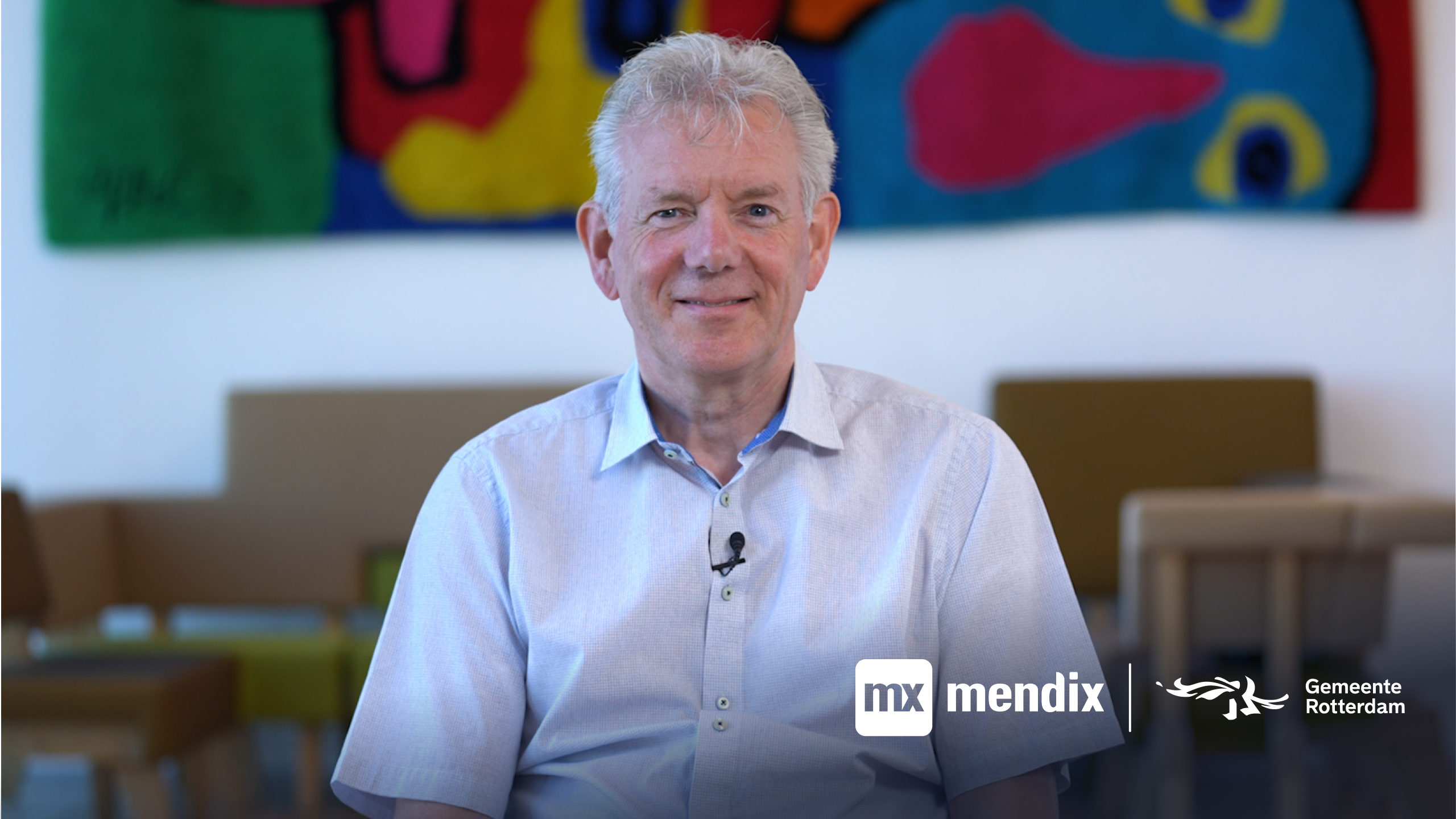
Van der Steen and his team made the decision to adopt the Mendix development platform to start delivering solutions more quickly and better manage the inherent complexity that comes with hundreds of thousands of users and an enterprise level of services.
Making it Happen, Fast
What became a true differentiator in jumpstarting their success was the partnership between Mendix and the City of Rotterdam. Beyond offering a platform, Mendix was able to provide a proven framework for low-code implementation that the Information Management (IM) team could readily adhere to.
Paramount to growing a low-code digital execution practice, beyond choosing a platform, is identifying the processes for sustainable development, prioritizing requirements in a portfolio of projects, and enlisting the right people to execute.
Implementing the Processes
Reaching a tipping point, the IM team didn’t wait any longer to get going. They decided to adopt an agile mindset with the resources available to get their development off the ground.
“And we could do that by working Agile Scrum… Agile was sort of going around at the time along with Lean, so we thought ‘this looks like it could work, let’s just start.’ And with limited knowledge of what Agile was, we kicked off certain projects, also helped by Mendix partners who had more experience with agile and user stories and sprint planning,” says Erik van der Steen.
Defining the Portfolio
“We [leveraged] the digital execution program that Mendix developed, with Start, Structure, and Scale. We were very aware of that we were in the ‘Start’ phase so we shouldn’t overextend ourselves, and started with little steps,” Erik van der Steen continued.
The newly-formed RAD team was thoughtful in the selection of their first projects, deciding on:
- Incoming Subsidy Administration (ISA), an application to process subsidies that the city receives from various groups like the European Union, the province, and the Department of Public Works. Previously, this process was managed between four Excel sheets and a few individuals. The project had few interfaces, but was managing over €1B in transactions annually, making it a prime candidate to prove initial value.
- THIS010, a tool to replace an existing application for Supervision and Enforcement that was no longer being hosted in a secure environment. Slightly more complex, this application had integrations with geo components and photo identification. However, the application was delivered quickly and helped to mitigate the pending security risks, further impressing the broader team.
Identifying the Right People
You can argue that the most critical ingredient to their success is the culture of the City’s Information Management team. The trend that starts to crystallize is that these employees saw something that wasn’t working and decided to fix it without being afraid of failure and learning as they go.
RAD Solution Architect, Leon Schipper, reflects on the program beginnings. “As a small team, we were able to grow without being formed by management… We basically started from bottom up and that gave us a lot of freedom.”
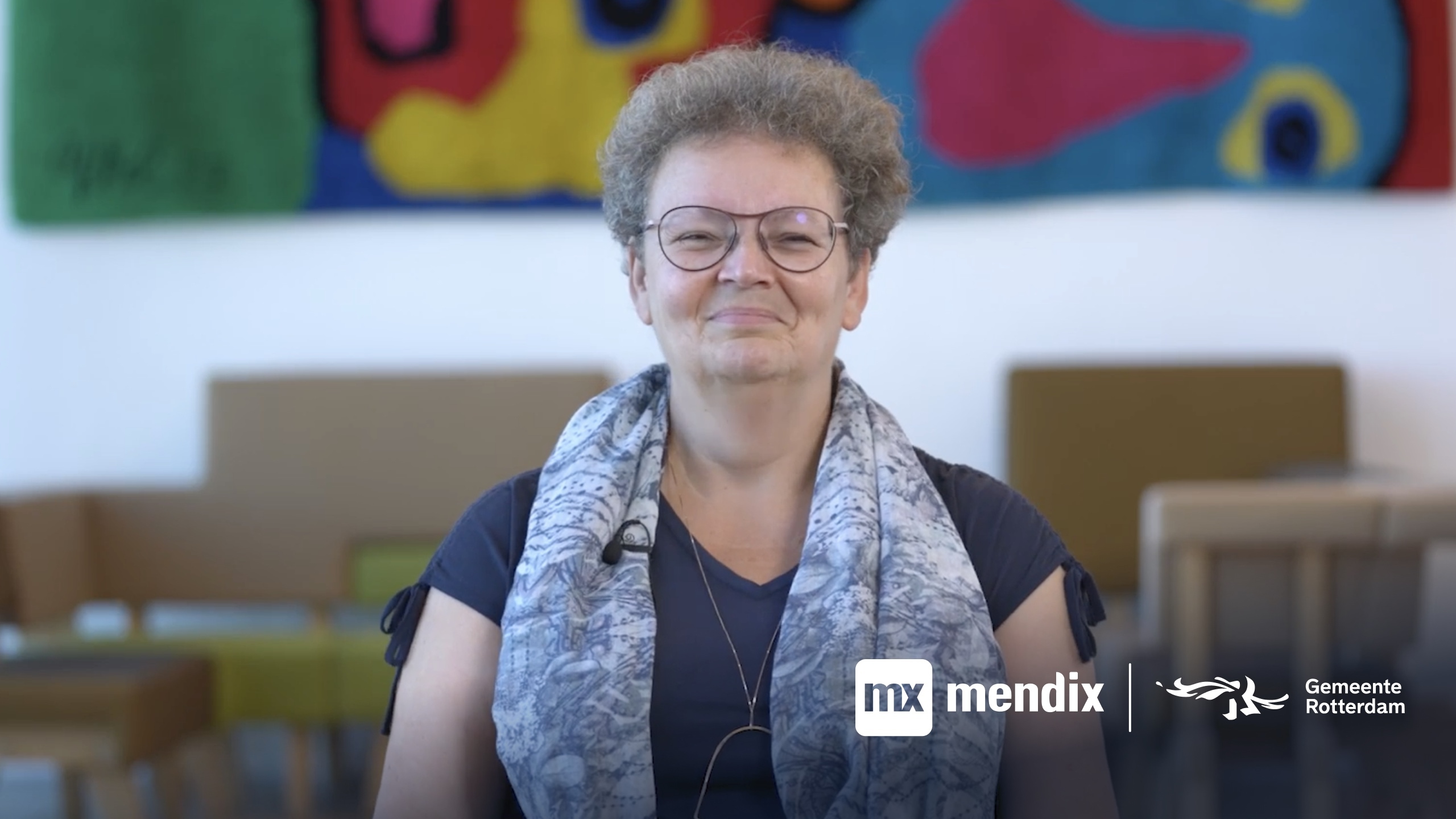
Erik van der Steen credits a lot of the program’s early success to his ability to hire the right people and empower them, quickly.
“In the last couple years, I was constantly able to hire more people to start applications. If we couldn’t have hired so many people, then we would have had a lot less applications. And I think because we had the idea to make generic modules and implement quality assurance on what we published, that helped us to make with speed.”
A Sustainable Development Culture
Expanding on the early success with Mendix, the City’s CIO, Mark Vermeer, said, “We have a really diversified portfolio, so first, we prefer to buy stuff rather than make it if we can. If we are going to make it, then we’d look at Java.”
To avoid falling into the same trap of a mounting backlog of project requests, the team has put parameters in place to ensure that solution delivery is quick and accurate most every time.
“That gave the IT team room to deal with new releases of Oracle EBS systems, our really large social security system, or our tax system. The projects our development line was meant for were bogged down by the high demand for digitalization – everyone wants apps – and that’s where we started [with Mendix],” he added.
To avoid falling into the same trap of a mounting backlog of project requests, the team has put parameters in place to ensure that solution delivery is quick and accurate most every time.
Portfolio Requirements
Over time, the City’s RAD team has grown to include several stakeholders who are critical during request intake. Today, any requests from the business are first fielded by Solution Architects, who determine if low-code is the right means of development. If so, the SCRUM masters ensure that the right level of detail has been provided upfront so that the project will be a successful collaboration.
“We have a supply and demand process, and every question from the business should go through that process,” says Erik van der Steen.
“The business stakeholders are there from the start, and once we decide that we are going to make the application, we identify the product owner who brings the budget and coach them to make sure they have people with the right knowledge on board. We put a lot of responsibility on them to make sure that the right participants are involved in the project,” he added.
Solution Architects like Leon Schipper are often the first layer of decision-making when it comes to matching solution requirements with the right tool. “Mostly everything can be built with Mendix,” says Leon Schipper,
“But that being said, that’s not our goal. We first try to reuse systems we already have in place, then we like to buy in the market, and last is if we say ‘okay, let’s make it.’ Then we have different make lines for different domains. For instance, if we are saying that it should be built for native, then we can make it easily with Mendix. Also, process supporting software is an easy way to go because you have many interactions, and [Mendix] can be the glue between all the stuff we have.”
Once an application is determined to be the proper fit for Mendix, the development process begins.
“We make great use of the SCRUM masters,” says RAD Coordinator, Marja van der Veer. “They help us a lot in defining when we are ready to build an app… [they] look at the user stories, see if they’re complete enough, and do a lot of the refinement upfront.”
Developing for Reuse and Speed
The team at Rotterdam has found a great deal of efficiency by identifying what is more often similar in the projects brought to them, as opposed to what is different.”
“There’s one application that I am particularly proud of,” Erik van der Steen recalls. “We got a request from three different departments to create similar applications to administer training and certifications for staff.
“We were able to get the three of them together and unify their demand so that we only had to make one application that three departments can now use. It’s something that rarely happens in Rotterdam, because every problem often gets its own system.”
The team has also invested in building out a library of reusable modules, components, and templates so that applications don’t always need to start from scratch and can be democratized to other individuals.
Some of these include:
- Single-sign on
- SMS
- Document management
“We’ve developed a lot of generic modules, like for our state benefits system,” says Marja van der Veer. “All the interfaces with other systems can be more or less generic. For instance, we have an enormous amount of application forms and they’re basically the same – we ask for the same information like your name, BSN (BurgerServiceNumber), or address.”
Governed Workforce Development
Instead of fighting shadow IT, the RAD team has used low-code to harness the enthusiasm and talent of their business counterparts into a growing citizen development program in one of our business units.
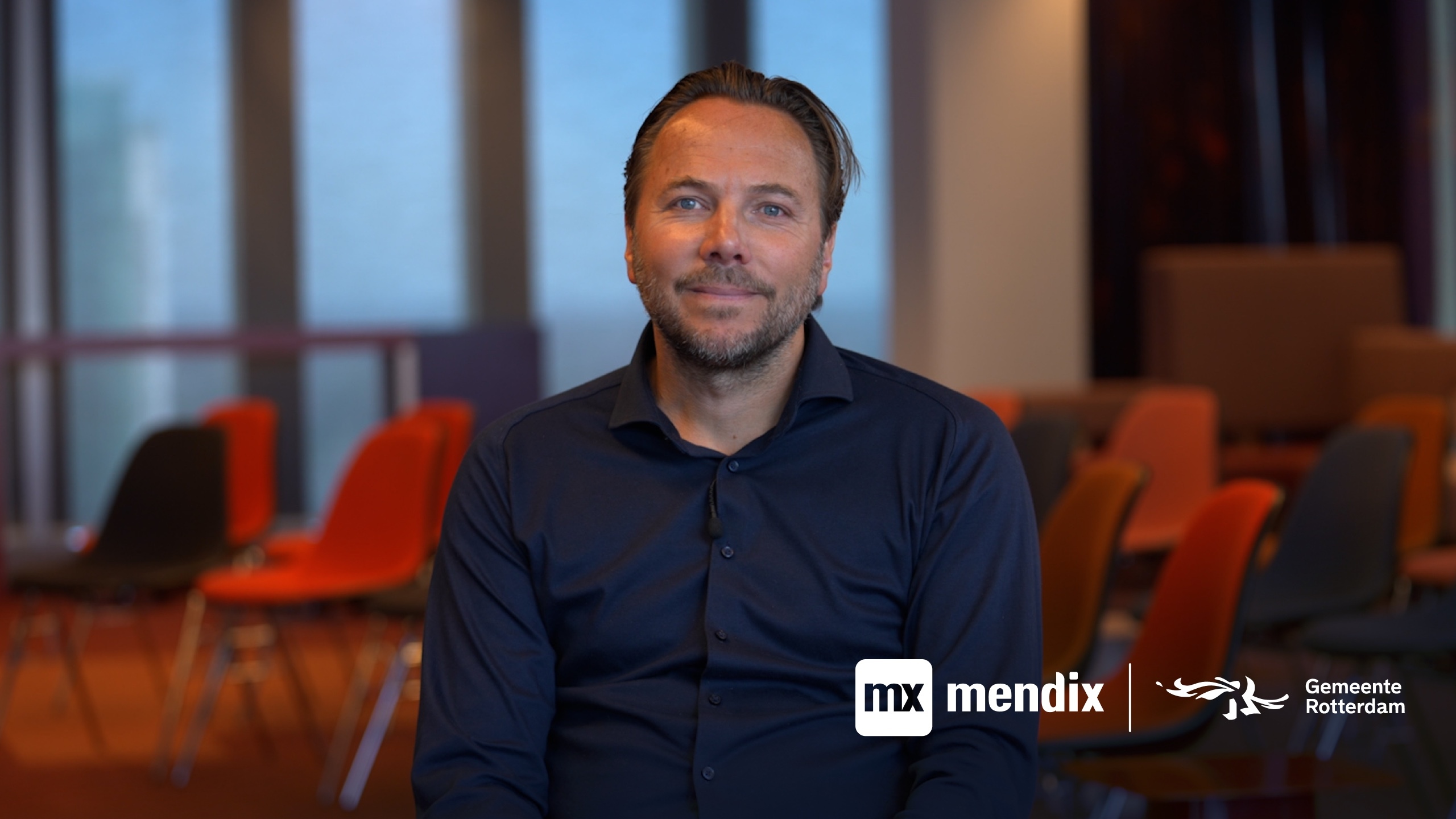
Related to the investment in reusable components, Erik van der Steen sees this as an optimal way to deliver solutions at the speed required over time.
“We are training them and creating generic building blocks for them, so they are creating applications that otherwise we as RAD team probably would have been making. In that sense, they take away a little bit of our work, which isn’t a bad thing… [Our] hopes are that people will get more and more enthusiastic, and that business units see the added value of having your own people making apps for your own people.
“In the end, there could be small groups of full-time Mendix developers working on apps for each business unit, and I think that is a viable way to go forward.”
“One other business unit started with us when we adopted Mendix, because they were developing in MS Access and were forbidden by the IT department to do that anymore. They learned they were going to use Mendix instead, and they said ‘well, this is something we can use.’ One guy from the department did a Mendix course and started his first app.
“That was so successful that he got two other colleagues enthusiastic about it, and now they are making their own apps for our City Engineers department. We have contributed to some of the things they are doing by making generic modules and interfaces available, but they are making very technical things.”
Meaningful Citizen Engagement
Internal applications initially comprised the majority of Rotterdam’s portfolio. Over time, employees saw more opportunities to leverage these consistent, digital interfaces to improve departmental interactions with citizens across services from trash removal to parking.
“We started with internal process improvement applications, but quite quickly we received requests to make solutions that were public-facing for external users. We also make some applications for cooperation with partners outside of the city, where we can digitize a process even outside of our own municipality.”
Over the last four years, some key solutions delivered by the RAD team include:
- RBP, a citizen and visitor parking management application, which helps over 5M annual visitors reserve parking spaces around the city from their phones. The MVP was delivered in 8 weeks and went live in 4 months.
- trashR, a native mobile app which provides businessowners around the city an easy way to schedule collection of different materials (glass, cardboard, plastic) from their shops. The application has delivered upwards of €80K in annual cost savings.
- RBZ, an app that fully digitizes what was once a 7-page PDF form for the self-employed who need to request special assistance due to their living circumstances.
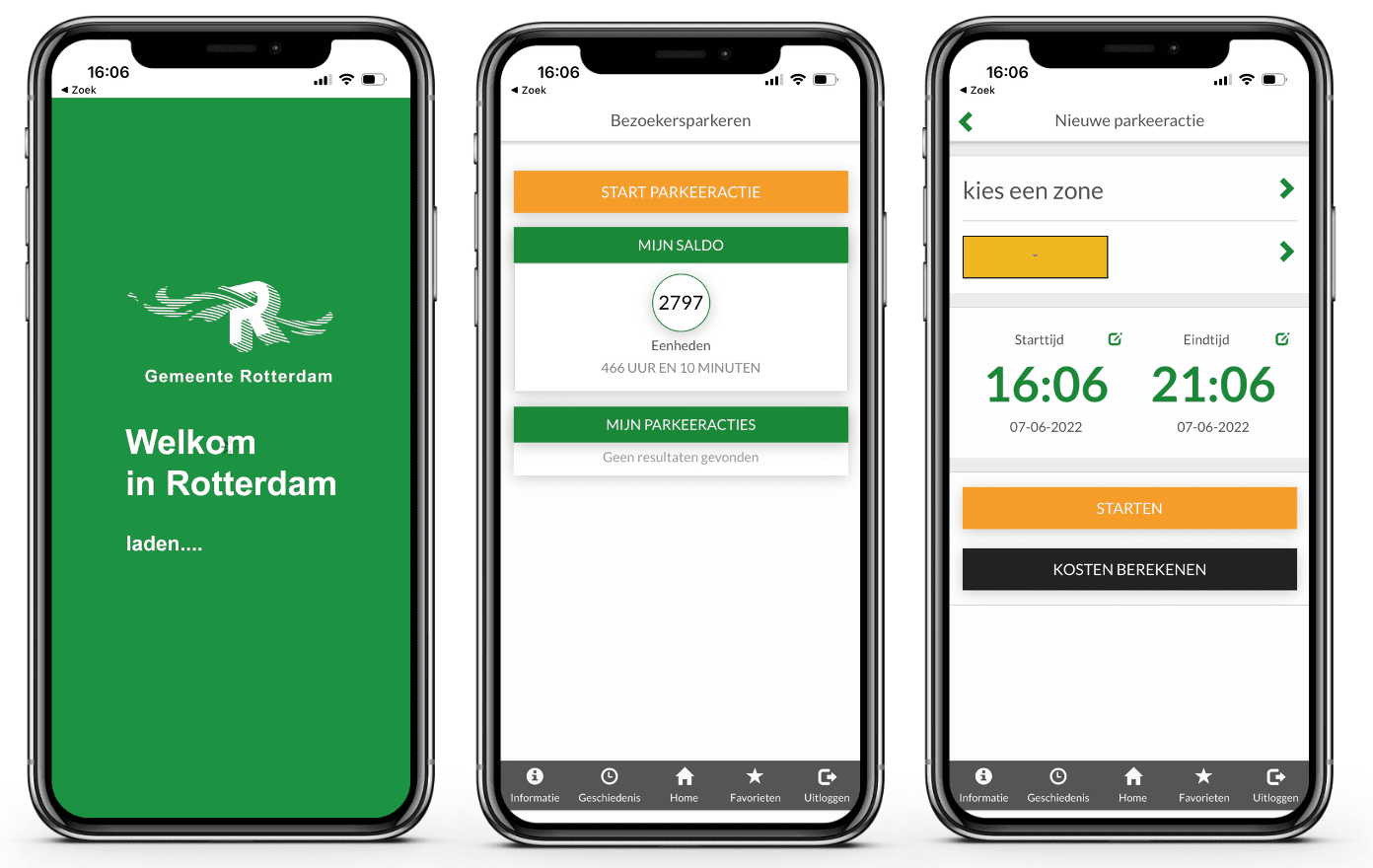
Making a Difference During Times of Crisis
The City’s RAD team can unanimously pinpoint what they are most proud of in their portfolio to date: being able to deliver quick enough to help citizens when they need it most. With the onset of COVID-19 in early 2020, the City’s in-person services were rendered ineffective.
“We made a lot of forms for people to receive benefit payments or an allowance,” recalled Marja van der Veer. “We developed a digital service counter, so instead of going to the city hall, you could do everything over video. I think we should be the most proud of this because it showed that Mendix could help so much in a crisis, because we could develop this so fast.”
One component of the Digital Counter, which allows citizens to confirm their identity over a video call with their passports incorporated Mendix-built APIs on top of an existing video call platform.
The merging of these technologies was delivered in just 3 weeks. The Digital Counter is still in use in Rotterdam today and has supported with thousands of citizen calls, winning both a Gemeente Delers Award and Computable Award in 2021.
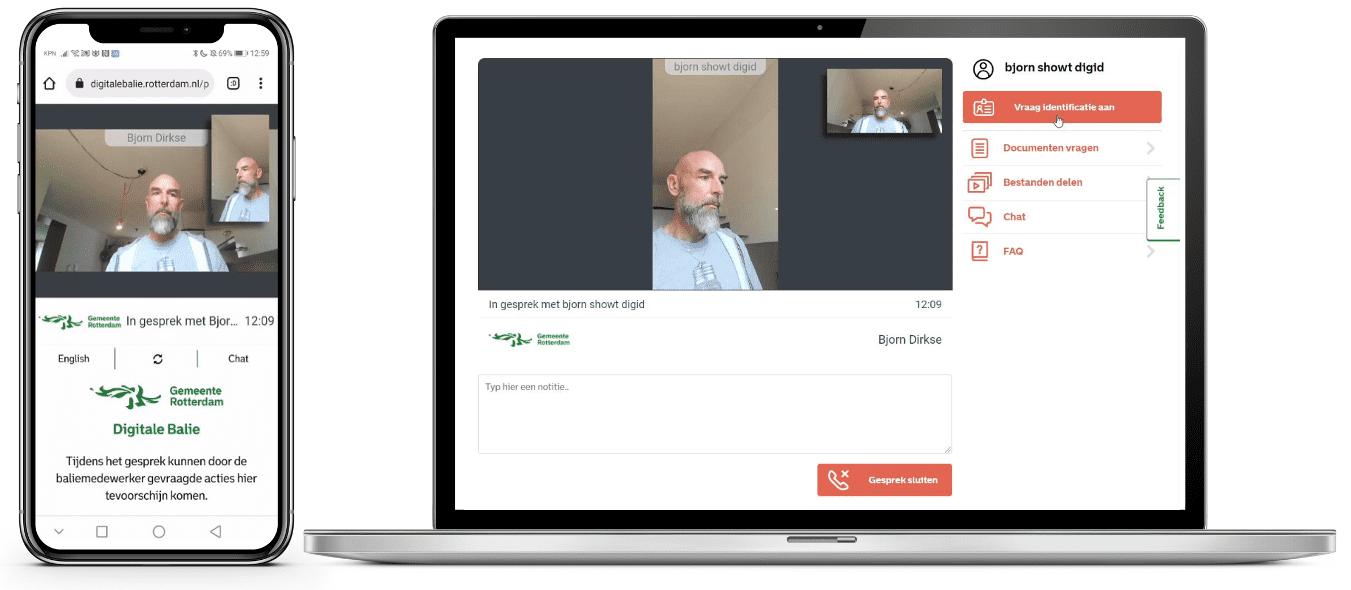
“I think that also goes for the support of the people who were in the supplement affair,” added Erik van der Steen.
“The tax office disadvantaged a lot of people who received a supplement to pay for childcare. They were accused of fraud and had to pay back a lot of money. The tax office was going to compensate these citizens and Rotterdam needed to support these people, so we created an application in a couple of weeks to do that.”
“We also created an application in four weeks with Mendix to manage the distribution of funds to the less fortunate in Rotterdam because of the high prices for energy.”
Inclusive Design
The City doesn’t rely just on their own opinions to measure the success of solutions. The public are very much a part of the feedback process when a new solution is delivered by the City’s RAD team.
“For most applications that we make for the public, we ask if it works for them. Sometimes we also make them part of the development process by letting them see, in screenshots or wireframes, what we are trying to make and asking if it’s something they would like. We have more than one group of people who are willing to participate in these engagements,” Leon Schipper said.
Additionally, the Rotterdam team is making services for all.
“We have a new UX and UI library from our communications department which is used for digital solutions. This is the first time we’re doing this. We are also making it on Atlas 3 to reuse what is designed,” Schipper added.
“We also comply with the WCAG guidelines, industry best practices, and relevant accessibility legislation. We have one application that we’re prototyping and want everyone to be on board, so for example we are getting user feedback from blind citizens.”
Creating Transparency in the Public Sector
Rotterdam has proven to be a model city for aligning and empowering the right people, processes, and portfolio to drive digitalization forward.
“We started with 3 or 4 external Mendix developers and a couple of apps, which then grew to over 100 projects that we have at the moment.”
“We have empowered non-technical staff to develop applications in two business units, about 14 people total. Even from inside our organization we have 5 trainees in bootcamp with the plan to make them part of our internal team the coming months,” Erik van der Steen summarized.
The future for Rotterdam is one of radical transparency amongst other municipalities and its own citizens.
“I think we are looking for a new equilibrium between doing things ourselves, doing things with other local governments, and getting the market to do things for us,” said Mark Vermeer. “I think that will be an important theme for us in the next few years, along with shifting towards more front-end development that is done in each city with their own branding, and that more back-end services, like data, will hopefully be more readily available on a common basis.”
Rotterdam is currently exploring new ways to get the public participating more in how their surroundings are developed by creating a digital twin of the city.
“It’s not just a cool 3D gaming environment, but it’s about being able to share data with the public concerning what Rotterdam looks like right now, and what it could look like if we have property development,” said Leon Schipper, “There’s this window of opportunity to have an influence whether this project is going to be realized or not… I think this will improve both the quality and quantity of people participating in such developments.”
With 100 low-code applications and growing, the City’s team of enthusiastic makers see no signs of slowing down. “By word-of-mouth advertising, people come to us for new applications. That’s all coming to us, and either we get it off the shelf or we make it with Mendix,” Erik van der Steen concluded.



